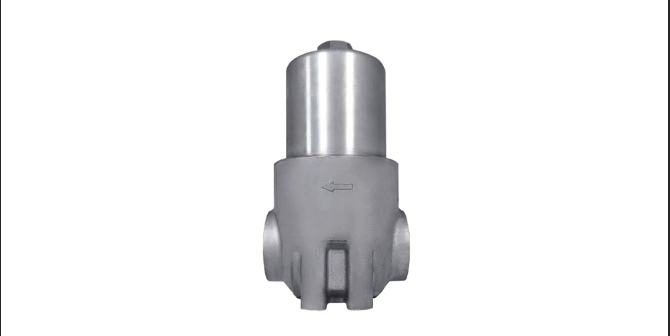The methods of measuring filtration accuracy include bubble point method, filtration efficiency test, bacterial challenge test and SEM photo analysis. The details are as follows:
1. Bubble point method of the filter
This method is based on the capillary pore structure of the microporous membrane. By measuring the minimum pressure of the bubble escaping from the microhole, the size of the aperture can be deduced. The specific formula is: P=4×K×Y×Cosθ/D, where P is the pressure difference, Y is the liquid surface tension, θ is the contact Angle, K is the hole shape factor, and D is the aperture.
Advantages: Suitable for the detection of irregular aperture materials.
Disadvantages: It is assumed that the aperture is uniform, but it may be uneven.
2. Filtration efficiency test of the filter
This test method evaluates the filter accuracy by measuring the filter's ability to trap particles of a specific size. Standardized particle suspensions are usually used for testing, and particle concentrations at the entrance and exit are compared.
Advantages: It directly reflects the efficiency of the filter in actual use.
Disadvantages: Specific test equipment and standard particles are required.
3. Bacterial challenge test
This method is mainly used for verification of bacteria-grade filters. For example, a filter of 0.22um is challenged with defective pseudomonas to require that the filter solution be sterile.
Advantages: Directly proves the filter's ability to retain bacteria at the level.
Disadvantages: The operation is complex and requires sterile operating conditions.
4.SEM photo analysis of the filter
The size and distribution of the aperture of the filter membrane can be directly observed by taking the image of the filter membrane with the electron microscope. The aperture can be calculated by the ratio of the length of the scale to the magnification.
Advantages: Visual display of aperture and its distribution.
Disadvantages: Different sampling points can lead to wide variation in results and expensive equipment.

